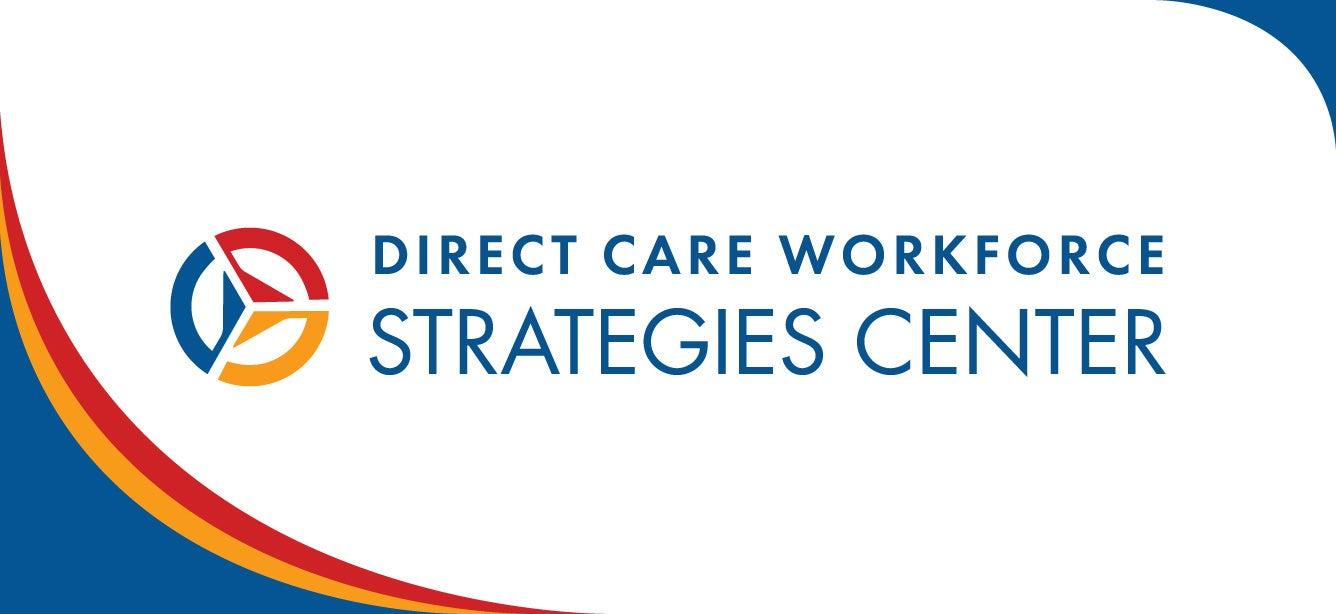Unclogging Talent Pipelines: Developing Employees From Start to Finish
5 min read

By the year 2050, it’s projected that a whopping 86 million Americans will be age 65+, up from 35 million in 2000.¹ This is a daunting number for organizations when it comes to the potential loss of older workers, both in terms of productivity and knowledge walking out the door.
And according to the report “The Four Pillars of the New Retirement: What a Difference a Year Makes” by Edward Jones, Age Wave, and The Harris Poll, 77% of those planning to retire wish there were more resources available to help them plan beyond just their finances.² The latest TIAA Retirement Insights Survey reinforces this, with 60% of employers believing they have increased focus on retirement preparedness of employees since the start of the pandemic, with only 25% of employees agreeing.³
Retirement is one of the biggest emotional, psychological, and mental transitions in our lives, yet little attention is given to it beyond financial and estate planning. For many whose identity is closely tied to work, it can be something to dread.
If the extent of supporting employee retirements at your organization is the annual visit by your employer-sponsored retirement plan representative to talk about investments, along with a “bon voyage” party, it may be time for a different approach to support those on the verge of retiring while also developing your rising stars.
What are the benefits of investing in older workers?
Why bother investing in the career development of those who will be exiting soon? For a number of reasons, including that such an investment:
- Creates “raving fans” of alumni who can spread the word to recruit talent for your organization as a “best place to work”
- Lessens any struggle and awkwardness of the exit process
- Lends itself to help with succession planning, younger talent development, and knowledge transfer
- Allows people to exit smoothly sooner, knowing they have goals and a plan post-exit, freeing up positions, office space, resources and equipment
- Serves as part of your employee or client well-being, development, engagement, or enrichment programs
This then begs the question, “How can we do this, especially if resources are limited?” By following a framework that sets you up for success.
Use an end-to-end talent development framework
To provide a gradual “off ramp” for your exiting employees, consider how they can wear different “hats” beginning three to five years out from their exit to in turn support the growth and career development of up-and-coming talent. These roles can be focused on mentoring and knowledge transfer, playing the role of advocate for high-potential leaders, and serving as a trainer, a peer group member with fellow older workers, and an adviser to junior staff and the organization.
The table below illustrates various potential activities and timing within this framework.
|
3-5 Years Pre-Retirement |
1-2 Years Pre-Retirement |
6 Months-Retirement |
|
Mentor & Info. Sharer:
|
Advocate & Trainer:
|
Peer & Advisor:
|
Rather than having clogged talent pipelines—with younger workers possibly leaving out of frustration with nowhere to go and older workers potentially being fearful of leaving due to an anticipated loss of routine, purpose, and identity—paving the way for both groups can make life easier for all.
Notice that most of the above activities cost nothing except making time for them with a bit of structure put in place, unless you choose to bring in an external coach or consultant.
Supporting older workers: What are some key questions to ask?
Additionally, here are a few questions you can ask yourself or pose to your team as you begin to design your strategy to support retiring employees:
- What can you provide to help them both plan for their time post-exit and remove fear of it through meaningful goals?
- How can they contribute to the organization pre-exit in a way that adds value and develops your talent pool?
- What information about services and life planning resources post-exit can you make available in a way that’s respectful?
- What’s possible in terms of a gradual exit process so it’s not as scary of a prospect for your older workers?
- What’s a mechanism you can put in place to know when people may exit the organization to inform implementing a framework?
The answers to these questions may lead to a need for research and additional leg work, though once solidified, can go a long way toward putting your organization on a path to truly being an employer of choice and an advocate for all, regardless of age, throughout the entire employee lifecycle. As humans, we don’t stop learning until or unless we choose to stop or brain health issues interfere, so focusing career development efforts only until employees reach a certain level in the organization may do more harm than good in the long run, especially if the exit process is painful for all concerned.
It’s critical that we not only support younger and mid-career employees, but also those who are on the verge of retiring so they can create a vision of their life in retirement, craft a “new identity” beyond their current work, and feel confident in having a plan for how they’ll spend their days, allowing them to move on as needed. It can be a small price to pay for all they’ve given throughout their careers and probably will prove much more meaningful than the proverbial gold watch.
Sources
1. Medina, Lauren D. et al. Living Longer: Historical and Projected Life Expectancy in the United States, 1960 to 2060, Current Population Reports, U.S. Census Bureau, Washington, DC, 2020. Found on the internet at https://www.census.gov/content/dam/Census/library/publications/2020/demo/p25-1145.pdf
2. Edward Jones and Age Wave, “The Four Pillars of the New Retirement: What a Difference a Year Makes,” 2021. Found on the internet at https://agewave.com/what-we-do/landmark-research-and-consulting/research-studies/four-pillars-of-the-new-retirement/
3. TIAA, Retirement Insights Survey: A Survey of Employees and Employers, 2020. Found on the internet at https://www.tiaa.org/public/plansponsors/insights/thought-leadership/retirementinsightssurvey



